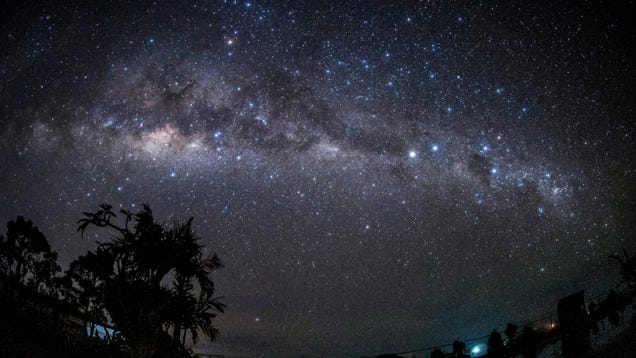
Some stars in our very own Milky Way are some of the earliest ever seen, according to researchpublished today in the Monthly Notices of the Royal Astronomical Society.
Light famously cannot escape the event horizon of a black hole, leaving astrophysicists to theorize and speculate what it’s like beyond the limits of human perception. Now, NASA researchers take that theorization a step further, in the form of an animation that takes you (the viewer) into the black hole.

The supermassive black hole at the center of our galaxy is the undisputed heavyweight champion of the Milky Way, but a newly spotted object takes the crown for the most massive stellar black hole known in our galaxy, weighing in at an impressive 33 times the mass of our Sun.
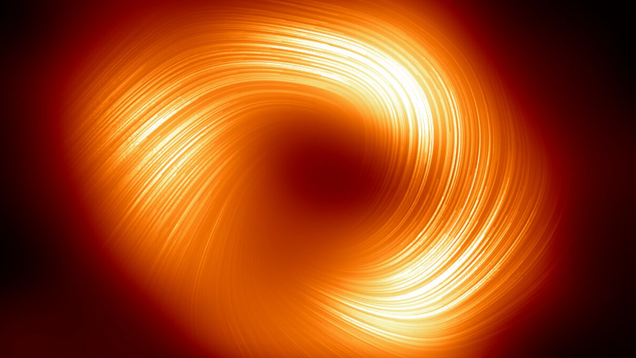
A new image of our galaxy’s central black hole reveals the magnetic field surrounding the object in polarized light. The image reveals how gas and superheated matter in the immediate vicinity of the black hole move around it. But aside from that, it’s a great way to visualize the extreme physics happening at the…

If you want to stay grounded—which is to say, you want a haunting reminder of your own diminutive size and mortality—do I have the tool for you.
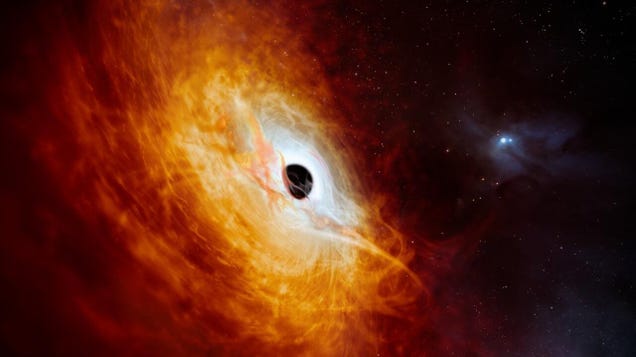
Our Sun is about 330,000 times the mass of Earth, yet it is dwarfed by the black holes that lurk at the centers of galaxies. A team of astronomers recently found the fastest-growing of this group: a 17-billion solar mass black hole in the distant universe, which is growing at the rate of one solar mass per day.
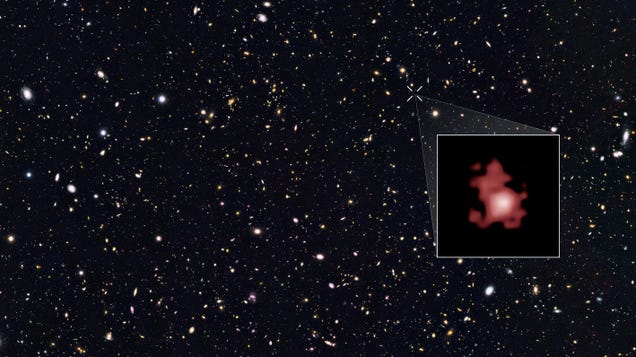
A team of researchers found a black hole from the early universe, prompting new questions as to how such ancient massive objects might form. The black hole dates to about 400 million years after the Big Bang—the start of the universe as we know it—making the object over 13 billion years old.
NASA, ESA, CSA, STScI, Webb ERO Production Team, ESA/Webb, M. Barlow (UCL), N. Cox (ACRI-ST), R. Wesson (Cardiff University) M. Zamani (ESA/Webb), and the PDRs4All ERS Team
NASA, ESA, CSA, STScI, and S. Crowe (University of Virginia)
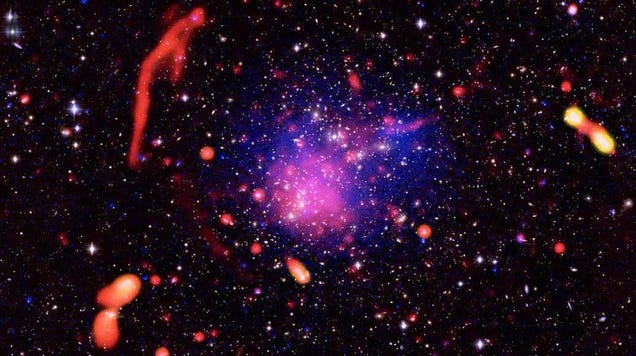
A recent deep field image from the Webb Space Telescope, showcasing a region of space known as Pandora’s Cluster, or Abell 2744, features two galaxies. These galaxies are remarkable for their distance from Earth, being the second and fourth most distant galaxies ever observed, according to a team of researchers that…